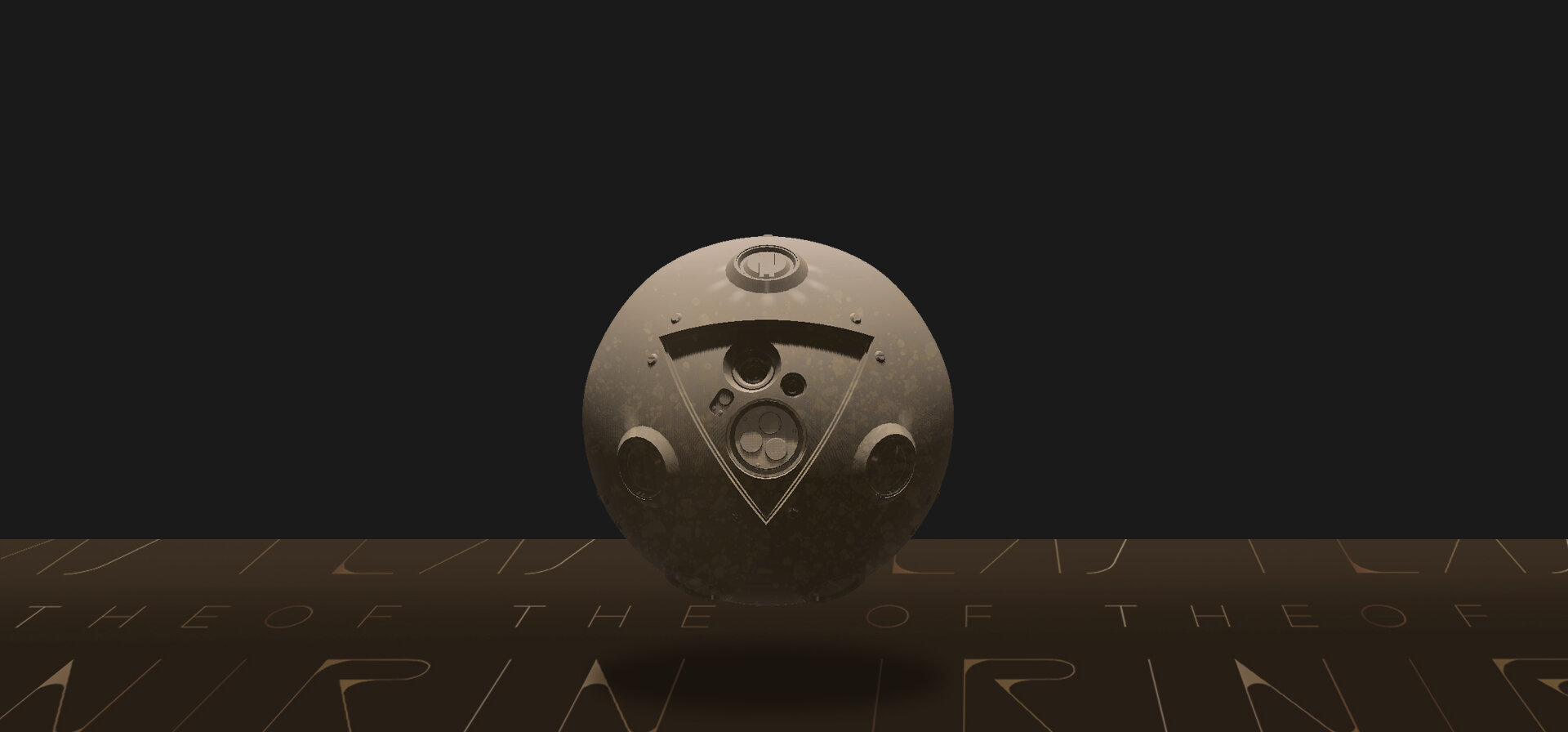Last of the Irin came into being as most things do, which is to say outside of my limited awareness. By the time the enigmatic persona calling himself “Wildfry” approached my institution, it was to nurture, rather than nature, his conception of a science fiction story steeped reverently in historical fact.
While the particulars of how mine became the voice to perform this act of literary midwifery remains largely unclear to me, there are three determining elements that I can assume played their part:
1) My inclusion in a shortlist of worthwhile alumni drawn up by a former Professor who, until that particular moment, I had believed to be infallible.
2) Wildfry’s acquisition of a first draft screenplay of mine pertaining to demonically possessed chimpanzees, which – God willing – shall never see the light of day.
3) I was cheap.
Given such an auspicious starting point, it will come as no surprise that when Wildfry offered me to join him on his ship in Asia for an undetermined stint of story development, my acceptance was not necessarily a mark of courage.
As the tender navigated the nameless oriental bay which was to be my destination, my eyes discerned, from quite a distance, that Wildfry’s floating home was, true to his word, a ship rather than a boat. The validity of the distinction (and indeed the existence of the ship at all) came as a relief, indicating as it did that Wildfry’s offer might likewise be true and accurate, and not mere pretense for harvesting my blood and organs.
The astute reader will already perceive, by virtue of this foreword’s existence, that events on the boat likely proceeded sans disaster or ritual sacrifice. This is mostly true, and indeed while there is much that could be said about every facet of this trip – including this writer’s introduction to foetal blood serum infusions – such details sit outside the business at hand, not to mention the comprehensive non-disclosure agreement I signed before being allowed aboard (yet another acceptance we shall mark as courageous and discerning).
Having been brought a considerable distance at almost equally considerable expense, it was understood that my time aboard would adhere to a strict schedule reserved almost exclusively to the essential development of the project. First was my introduction to the illustrator, a polite young dutchman who, having already been sequestered below decks for weeks, had wrought the foundations of the Last of the Irin’s conceptual design and visual language. If I was at all intimidated by this unassuming European’s artistry and productivity (and I was), this was eased by his enthusiastic commendations for my aforementioned “demon chimp” screenplay.
Days were spent in creative meetings led by Wildfry, who imparted the essential concepts around which the fiction of Last of the Irin would be crafted. While he laid out lifetimes’ worth of meticulous personal research on the origin of God and gods, societies and peoples, beliefs and rituals, artefacts and technologies, victories and tragedies – all in mind-boggling detail spanning a vast portion of human history – my challenge was ostensibly to nestle on an expansive sofa and take notes.
Suffering as I was from an extensive case of jet lag, the real work proved to be in not allowing this avalanche of academic information to sweep me into the beckoning cave of Hypnos. Enabled by my dislocated internal clock, however, the nights were my own, and afforded me precious time to process my daily educations with more present eyes. In these dark hours, it became evident that the more I absorbed Wildfry’s ideas, the more I was myself absorbed by them, and, by my third night of shunned sleep, the natural sympathies of past, present and future revealed themselves to me with utmost clarity.
The design of Last of the Irin’s fiction, I determined, was not to reinterpret the past, but to return to it and redraw it in a form suited to our times; to shed the literary continuity that had become the halting collar around our necks. What better form for this task than the graphic novel, whose comic conventions are well known for cycles of crisis and rebirth whenever the fiction overwhelms the story’s origins?
Base truths housed within high fiction, not to find an audience, but to be found. To draw those who, as this writer once did, engaged without awareness, but upon discovery, shall recognise something to which all the evidence required is but a windowed glance: Our society is a faltering strain, going through the motions, empty ritual in the absence of our masters. If reinvigoration requires infusion of new blood, what better than that of its old sires, who for so long have been forgotten?
Time will tell. When the work is done.
Robert McMillan
